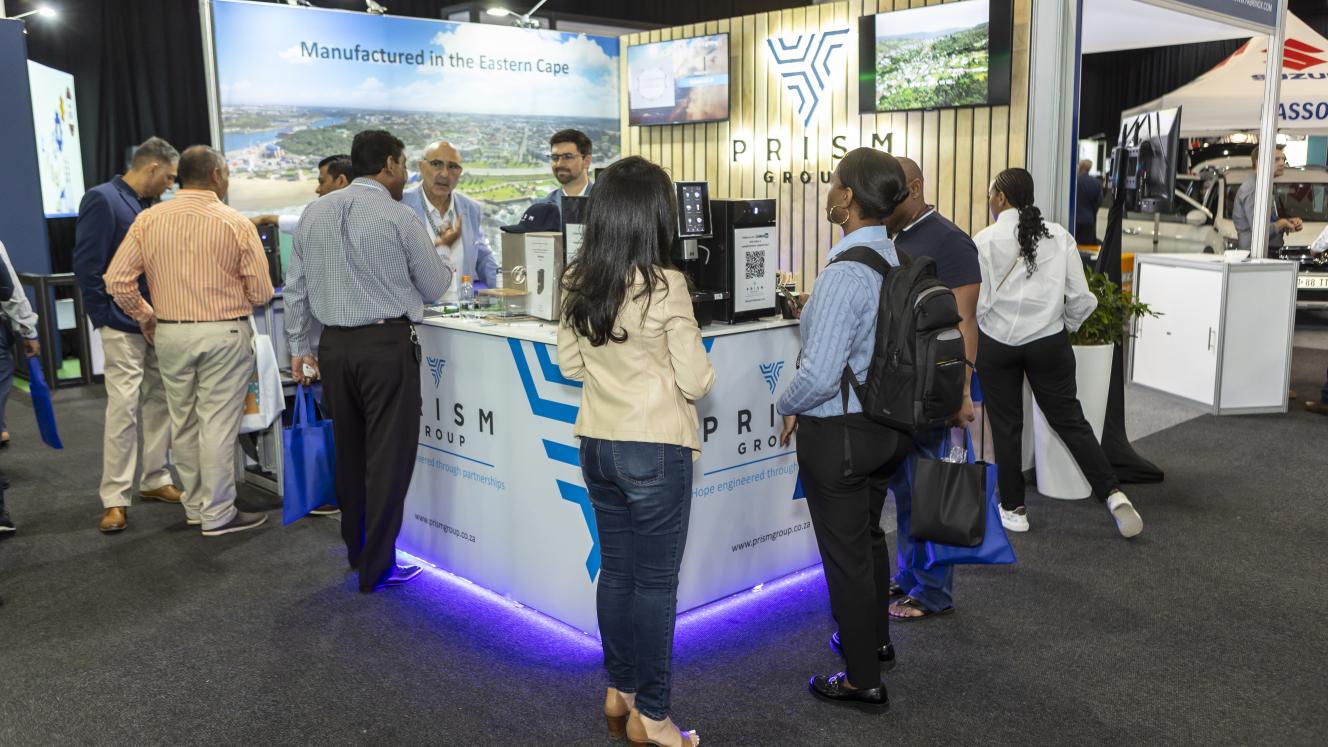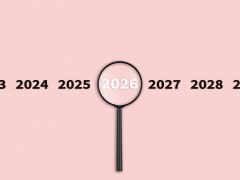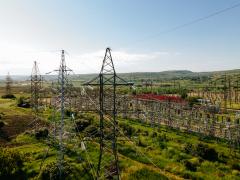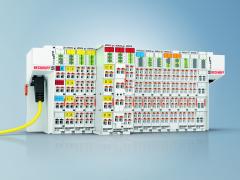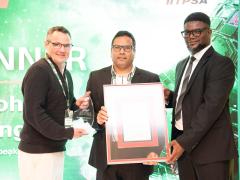The unmet need for African-focused development and investment in manufacturing is accelerating across the continent. Most predictions show that the combined GDP of African countries is expected to reach $29 trillion by the year 2050. Still, capital and infrastructure investments are needed to boost African manufacturing on the global stage. This year's Manufacturing Indaba, hosted at Johannesburg's Sandton Convention Centre from 15-16 July, will be driven by this thinking, focusing on bringing sustained investment and development from the world to Africa.
Advanced manufacturing areas in Africa's sights
1 – Energy:
No industry can function on a limited energy reserve. The development of energy infrastructure across Africa, including the deployment of clean and sustainable energy solutions, is paramount to the progress of the manufacturing industry in Africa.
2 – Trade tariffs:
A review of the various trade and commerce tariffs in place across Africa is required to develop more investment-friendly incentives for the benefit of investors. We must learn from the past: During the 1980s, when the rest of the world was undergoing industrialisation, African tariffs were as high as 15 percent on average, which built barriers to investment and commerce. Furthermore, protection of assets and capital must be ensured to drive investment into Africa for the development of the continent. The recently adjusted and added American tariffs have changed the landscape for many African countries.
3 – Skills development:
The African population is a talented amalgamation of innovative individuals. A robust system of skills development and higher education must be established to increasingly attract students to pursue higher studies. According to the African Economic Outlook Organization, 70 percent of Africa’s youth live on less than $2 per day. Government subsidies and the issuance of student visas with attractive packages must be deployed to promote education and skills development across the continent.
4 – Sustainable development:
Often caught in the whirlwind of fast-paced development, leaders forget to consider the longevity and sustainability of mega-projects. It remains crucial that whatever investment flows into Africa is put into a sustainable model of development to further benefit future generations.
5 – Diversification of the workforce:
The African continent is home to a huge group of diverse ethnic groups. To place the African manufacturing industry on an even footing with the rest of the world and to get the continent up to speed with the Fourth Industrial Revolution, the practice of inclusivity, diversification and non-discrimination must be prioritised.
6 – Partnerships and teamwork:
Upliftment of the African manufacturing industry necessitates that the public and private sector work hand in hand to drive the engine of development in the same prolific direction, i.e., towards progress.
The case for the African manufacturing industry is as strong as it gets and requires centralised attention as no industry can compare to the returns and benefits that come with this region’s manufacturing potential. A progressive outlook must be developed and adopted for the future of the continent that lays the most focus on the industrial development of the continent, because Africa is leader of the future.
The Manufacturing Indaba remains Sub-Saharan Africa’s most prestigious and informative manufacturing event. The conference has evolved annually and has demonstrated invaluable initiatives in fostering significant business liaisons, forging gateways for manufacturers into new markets and exploring challenges and opportunities to promote innovation in manufacturing operations. The upcoming conference will prove no different. All these factors pave the way for creating employment opportunities and accelerating economic growth in Sub-Saharan Africa.

